Tagged: present value
- This topic has 3 replies, 2 voices, and was last updated 4 years, 5 months ago by
 Spencer Burton.
Spencer Burton.
-
AuthorPosts
-
May 27, 2021 at 7:28 pm #18133
Grant Bach
ParticipantHi. I’m doing the Quiz for the PV section and am confused why my answers for Solve Formulaically and Solve with the =NPV() Function are different.
The answer when solved Formulaically is: $6,933,741 Purchase Price.
The Formula I’m using when solved Formulaically: =D14/(1+$C$22)^D11
The answer when solved with the =NPV() Function is: $3,727, 758 Purchase Price.
The Formula I’m using for the NPV section is: =NPV(C22, D17:M17)
I’m also confused as to why it’s referred to as PV but the function is NPV.
Attachments:
You must be logged in to access attached files.
May 27, 2021 at 9:25 pm #18137 Spencer BurtonKeymaster
Spencer BurtonKeymasterGrant – Looks like you’re referencing the wrong row when calculating present value using the NPV() function. You’re referencing row 17 (i.e. the present values by period), rather than row 14.
So rather than =NPV(C22, D17:M17), you would have =NPV(C22, D14:M14).
I’m also confused as to why it’s referred to as PV but the function is NPV.
In terms of why Excel calls the function NPV. The function was created to calculate the Net Present Value of an investment, which is the Present Value of all future cash flows, less the amount paid for the investment in time zero.
Net Present Value = Present Value of Cash Flows – Initial Investment
But the NPV() function also serves to calculate Present Value. This can be done by simply not including the time zero cash flow (i.e. initial investment) in the range.
May 28, 2021 at 12:19 pm #18141Grant Bach
ParticipantHey thanks.
I have some questions.
What exactly is the difference between NPV and PV?
What is the difference between discount rate and IRR?
I’ve seen some videos about NPV and they subtract the PV in the formula, why isn’t that done in the example?
Let’s say that we buy a property and after year 2 we start a value add project. We buy out the tenants, renovate the units, and stabilize. Let’s say this took 1 year. What would the cash flow look like?
May 29, 2021 at 9:21 am #18149 Spencer BurtonKeymaster
Spencer BurtonKeymasterWhat exactly is the difference between NPV and PV?
Present Value is the lump-sum value today of a string of future cash flows discounted back to today at a specified discount rate. In real estate, the Present Value of a real estate investment is the price that an investor would be willing to pay today for a string of future real estate cash flows so as to achieve a given target return (discount rate).
Net Present Value is the Present Value of investment inflows (i.e. positive cash flows) less the present value of investment outflows (i.e. negative cash flows). In most cases, this means calculating the present value of all future cash flows, and subtracting the amount paid for the investment in time zero.
So, if the Present Value of an investment is $1,000,000 and the investor must pay $750,000 to acquire that investment, the Net Present Value would equal $250,000 ($1,000,000 – $750,000).
What is the difference between discount rate and IRR?
Discount Rate is the rate at which future cash flows are discounted and then added together to create a present value in a discounted cash flow (DCF) model.
IRR is the discount rate at which the Net Present Value of an investment is equal to zero. The Internal Rate of Return is a time value of money metric, representing the true annual rate of earnings on an investment.
In other words, IRR and Discount Rate are actually the same thing. The difference is how they’re used to either calculate the returns of some pre-defined string of cash flows (IRR), or to calculate the value one must pay (i.e. Present Value) to hit some target return (i.e. Discount Rate).
You might check out the Forum Post video in the Library of Supplementary Tools that was created in response to a a discussion on this topic with another user:
-
AuthorPosts
You must be logged in to reply to this topic. Login here
